Yorkshire’s women’s race a success despite TV blackout
Armitstead, Wild and Cookson hugely impressed with inaugural event
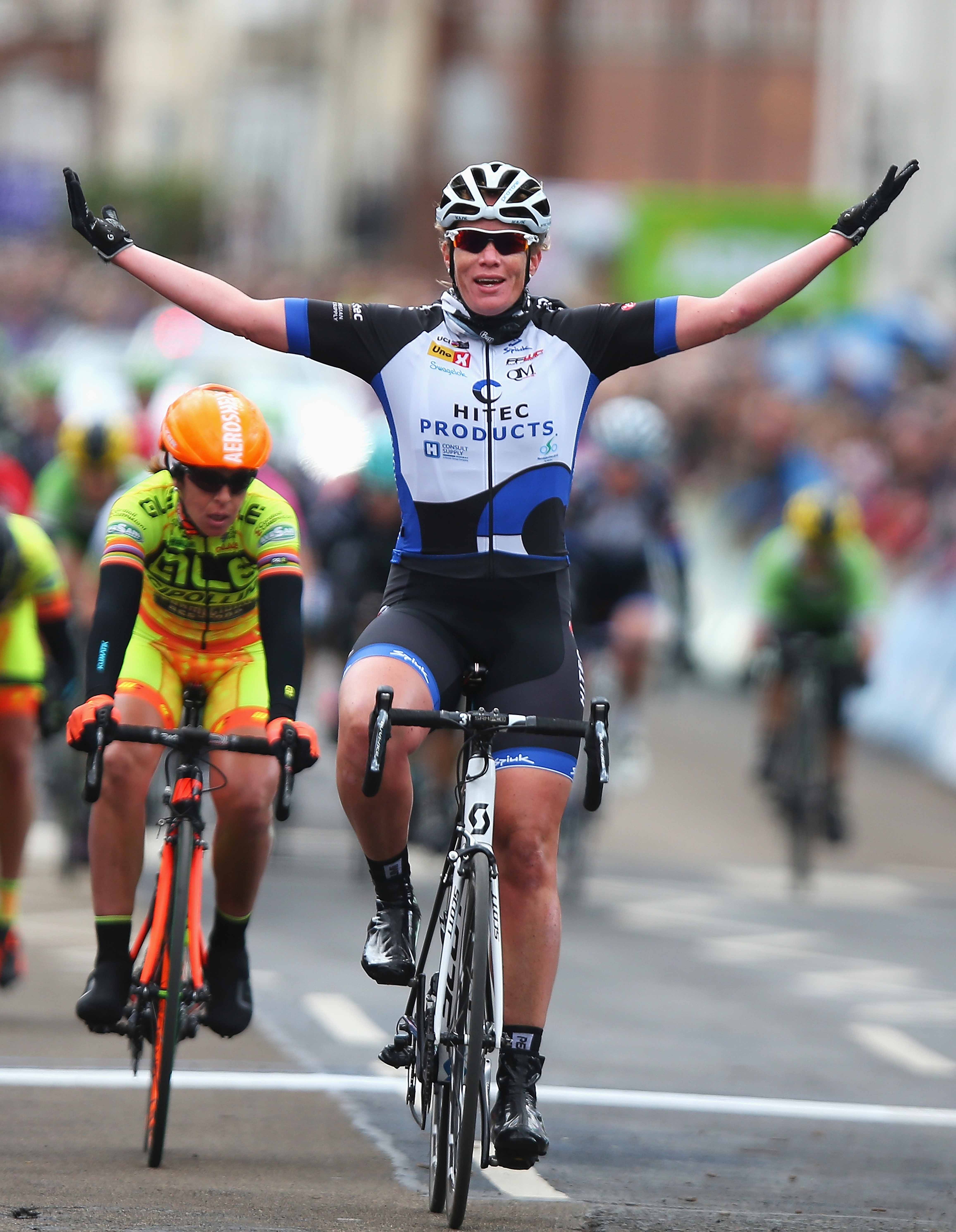
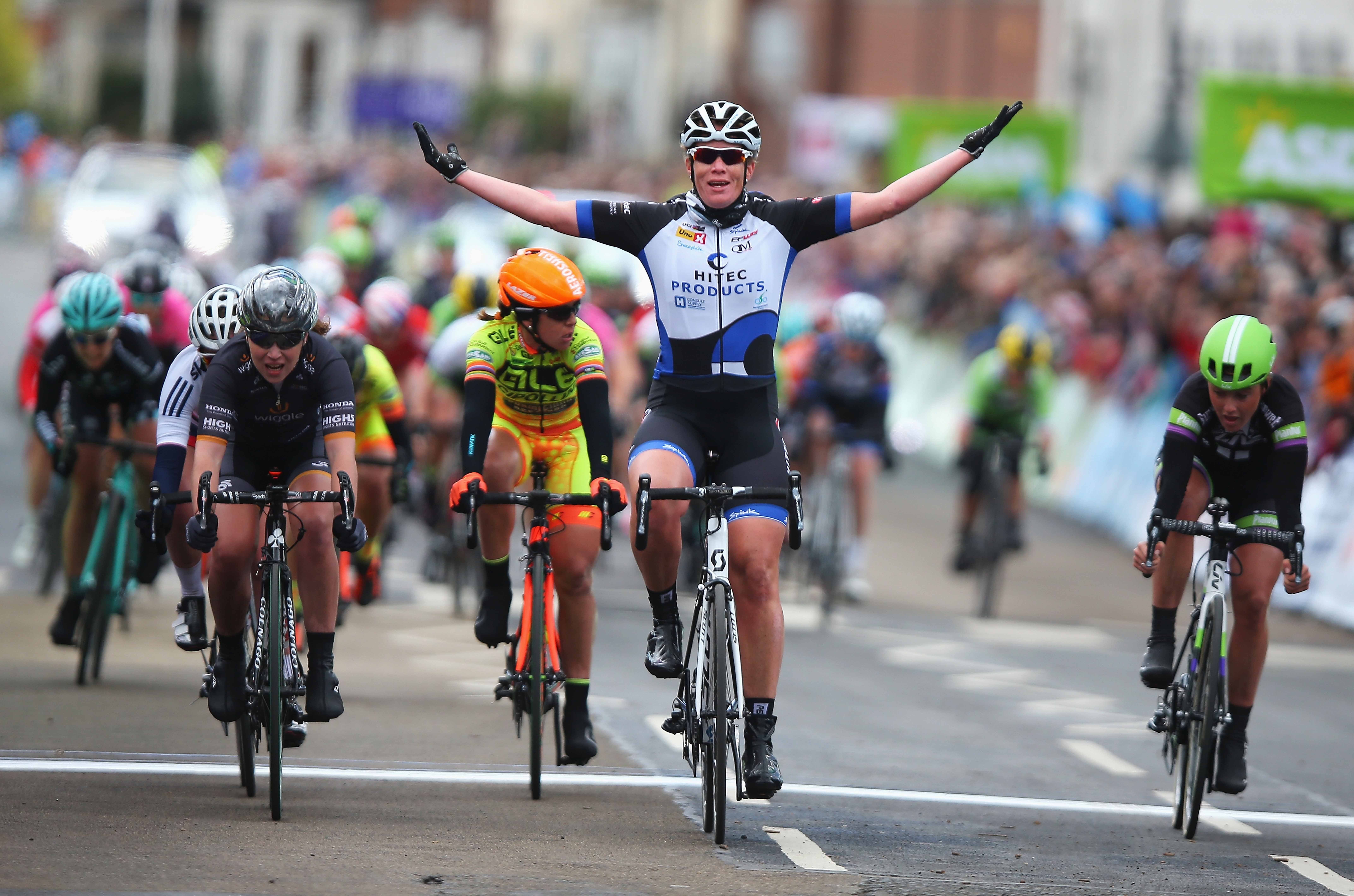
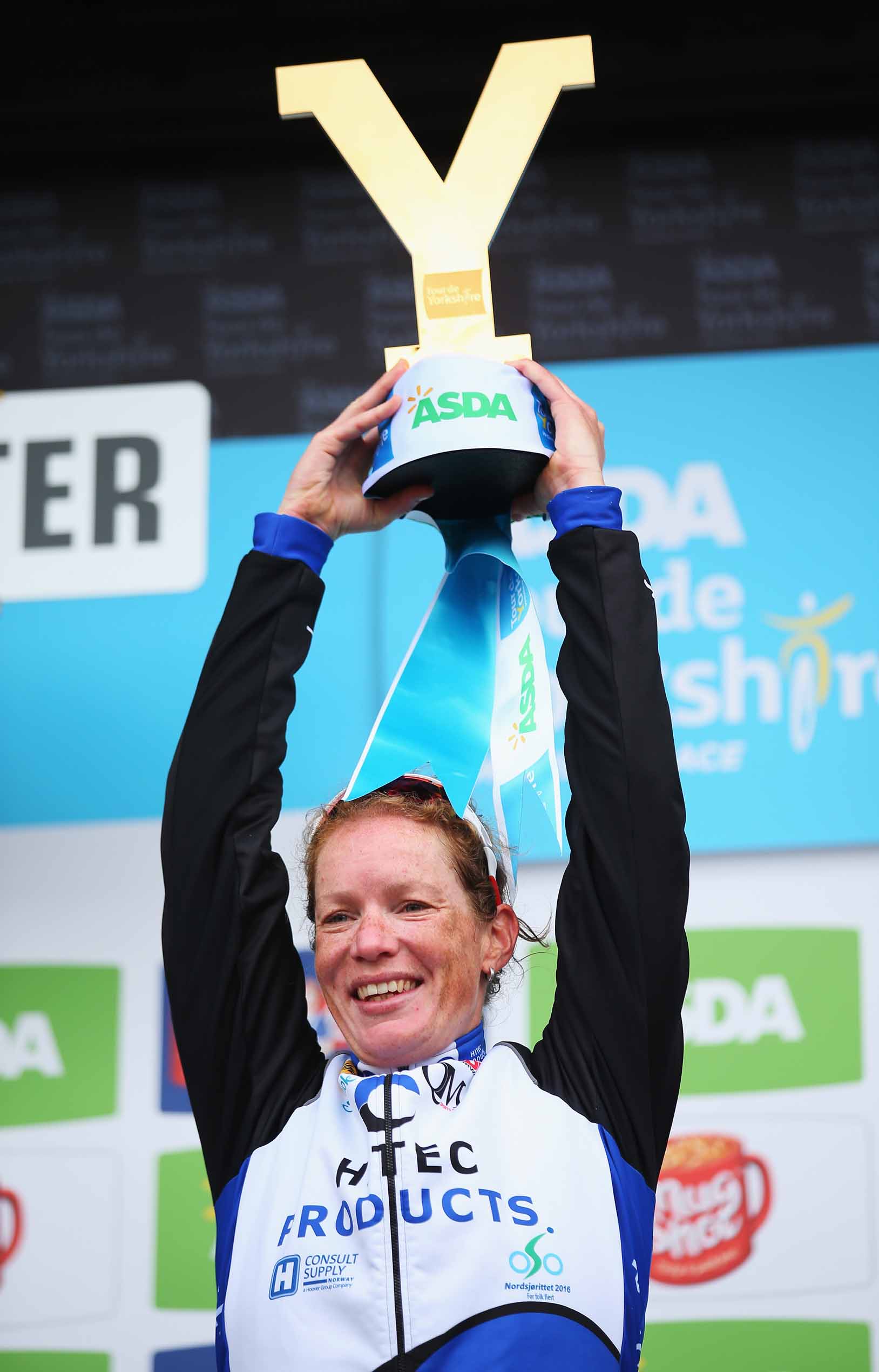
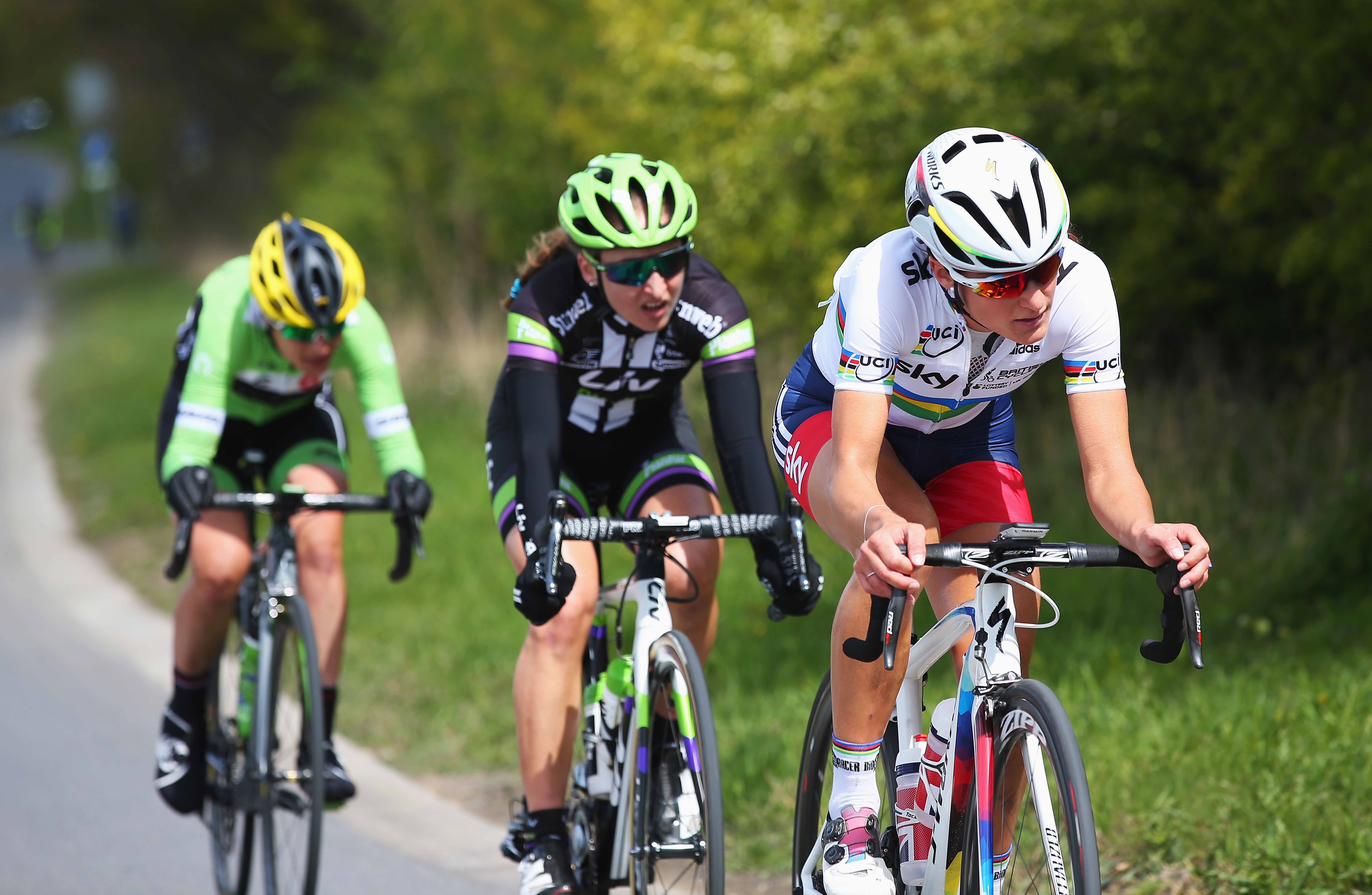
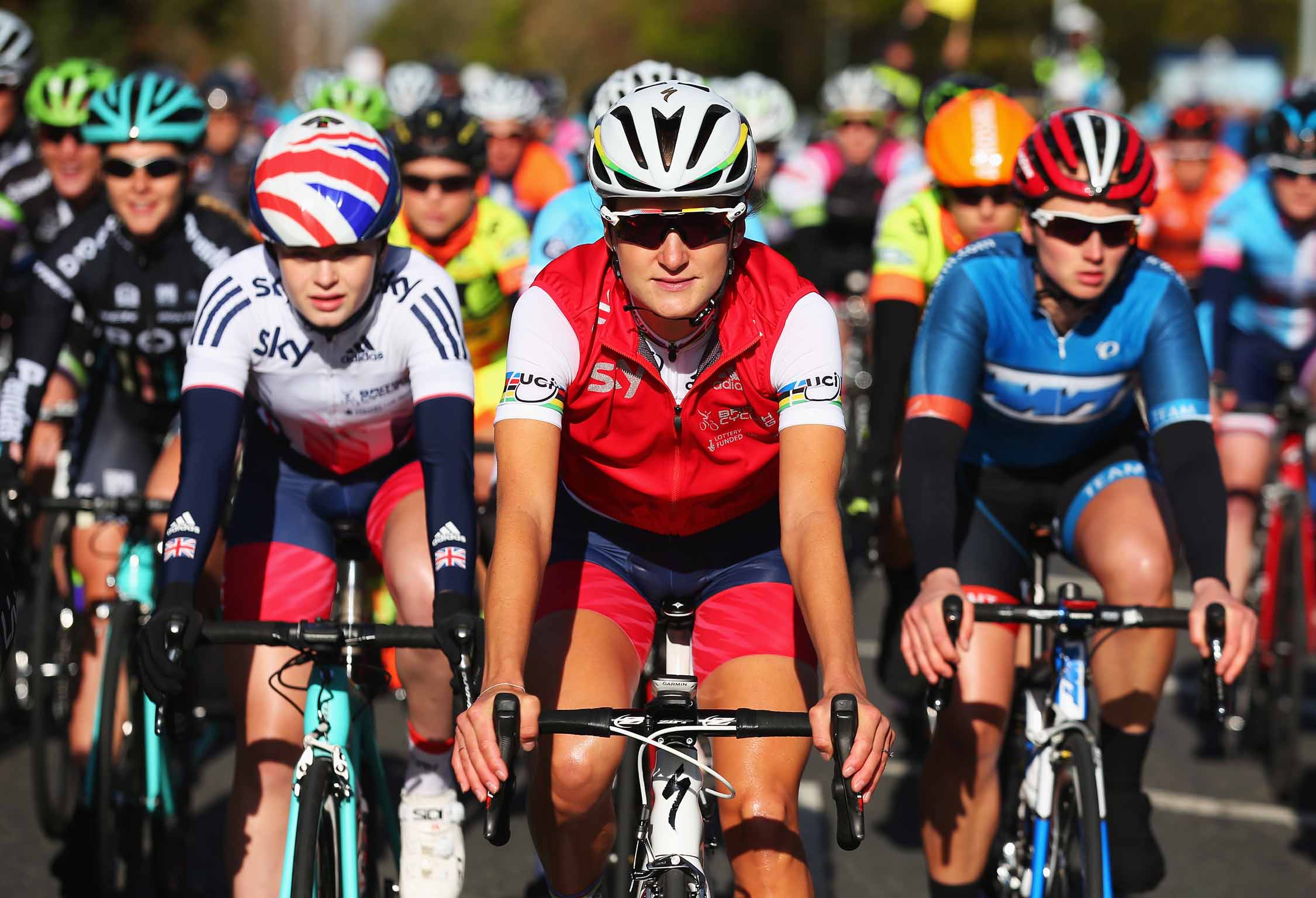
Although a technical issue with the plane that was meant to relay television pictures meant that the inaugural edition of the Asda Tour de Yorkshire Women’s Race was not broadcast live as planned, both riders and fans branded the event a huge success.
“It was a great opportunity for women’s cycling and it has been really good to race here in front of enthusiastic crowds. There were fans every kilometre of the way,” said race winner Kirsten Wild (Hitec Products). World champion Lizzie Armistead, who had picked out Dutch sprinter Wild as the favourite prior to the start, was also effusive in her praise, admitting she’d had goose-pimples when she took the start in her home town of Otley.
“This is a dream come true for me,” she said. “When I first started I did the Otley Criterium and came last I think, so to be world champion and starting such a big race in my home town is a privilege. I’m very grateful.”
Wild and Armitstead agreed that the fact that the new race was taking place on the same day as the men’s stage over exactly the same course into Doncaster was more significant than the size of the prize pot, which is the biggest on the women’s calendar at £50,000.
“The amount of prize money does make a statement,” said Armitstead. “But, for me, the fact that we’re racing a full race distance is equally important. It shows that the organisers believe that we are capable of doing that size of stage, which we are. We do it across Europe all year, so for me that’s more important than the size of the prizes.”
UCI President Brian Cookson was also impressed with what he’d seen in Yorkshire. Speaking to Cyclingnews in Otley, Cookson said that the Tour de Yorkshire had shown that women’s and men’s races can be combined successfully.
“I think this format can work in certain circumstances. I think it’s working really well here,” said Cookson. “Equally, women’s racing doesn’t have to be a sideshow to the men’s events. There are some great stand-alone women’s races. So what works, works. The key is finding solutions to help develop women’s sport.
Get The Leadout Newsletter
The latest race content, interviews, features, reviews and expert buying guides, direct to your inbox!
“I’ve said before that I don’t think that women’s races necessarily have to piggyback on the back of men’s events. What works for the men isn’t necessarily what works for the women.”
Cookson said the UCI will continue to explore the best ways of boosting the profile of women’s racing to an even greater extent. “What we’re seeing with the Women’s UCI WorldTour this year is a series of developments, a process of looking at what works and where it works, and how racing can be developed in ways that are appropriate to women, so that women’s teams might attract sponsors that might come to women’s sport who might not come into men’s sport, for instance,” he explained.
Peter Cossins has written about professional cycling since 1993 and is a contributing editor to Procycling. He is the author of The Monuments: The Grit and the Glory of Cycling's Greatest One-Day Races (Bloomsbury, March 2014) and has translated Christophe Bassons' autobiography, A Clean Break (Bloomsbury, July 2014).